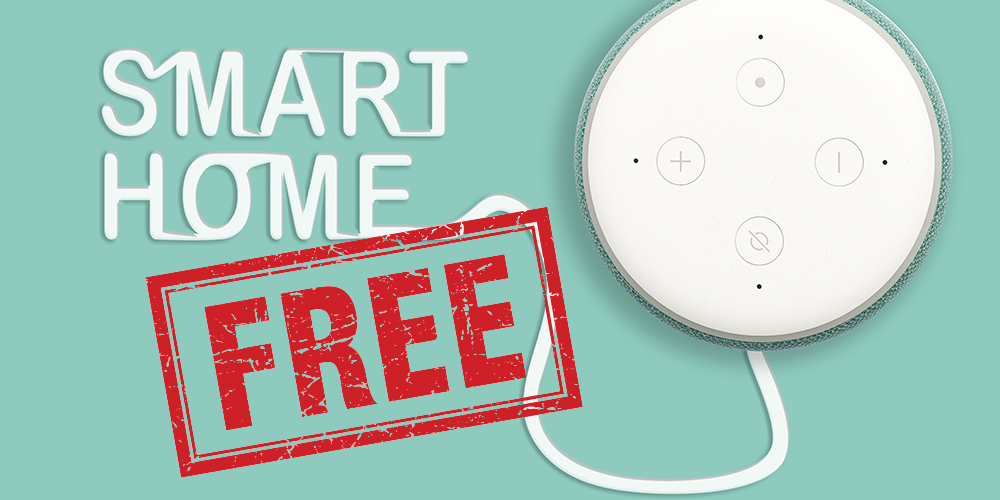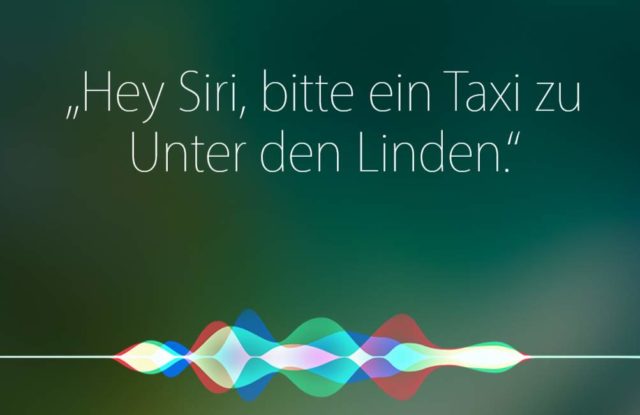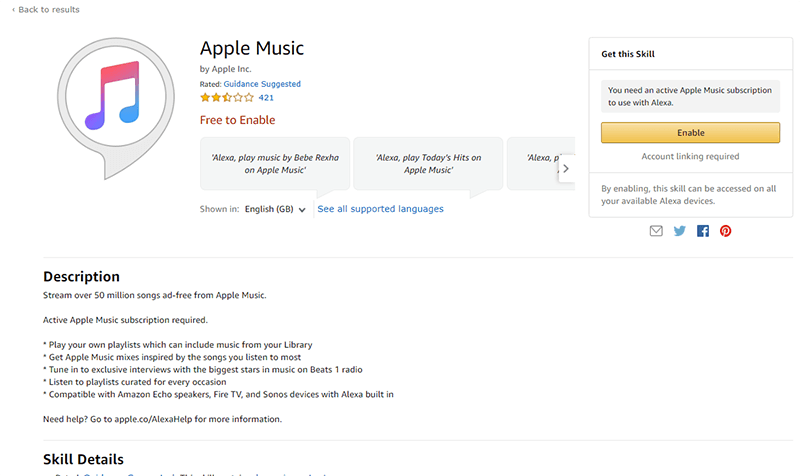Table of Content
It's well worth your consideration, especially if you're invested in Android, Chromecast or any of the Home's compatible smart home platforms. You also don't have to worry about it getting outdated, as all of the many features Google's added to the Home since its launch have been pushed to its existing devices. The Google Home accurately answers almost any question you can think to ask it. It's loaded with cool features that allow it to make calls, control your smart home, help out in the kitchen and more. It even sounds pretty good when playing music and can control your TV. In the end, the race was a close one, with Alexa pulling ahead of Google Assistant, thanks to strong performance in the smart home and communications arenas.

It doesn't have the helpful photos or categories, but doesn't require the website. Here’s another music feature that the Echo Dot simply doesn’t have. If you want the same music played through every connected speaker in your house, Google Home can facilitate that.
Multiple commands
You can pair a couple of Echo speakers and/or an Echo Sub directly with a Fire TV device. If you use a couple of Echo Studios, you can even get Dolby Atmos. Google hasn’t yet solved the problem of syncing its speakers with a Chromecast. To reply on Google Assistant, the fam can say "Reply" or "Send a reply," followed by your message. Unfortunately, Alexa doesn't support replies to general announcements, but you can use Drop In to establish an audio connection between two Alexa speakers, which works similarly. Other features include activity alerts so you know your loved one's up and at 'em for the day, or the ability to remotely set up Alexa routines or reminders on your loved one's Echo device.
Despite this, it’s a refreshing design change that we appreciate. Alexa can do lots of cool things, like keep a shopping list, control some smart home components, and play music , but surprisingly, it can’t find simple answers on the web via Google search. If you want to ask your smart home controller important trivia questions, you’ll need a Google Home to do it. Both devices allow you to give voice commands that will let you turn the thermostat up or down, turn on the lights, lock a door, and much more. Best of all, they both work with some of today’s most popular products, including Nest thermostats, Philips Hue lights, and more. One last little one -- Alexa lets you manage to-do lists and check tasks off or edit your list with simple voice commands.
Is Cash App Safe?
The former is a universal networking protocol that should allow accessories to work on any major smart home platform, including Apple HomeKit and Samsung SmartThings. Thread is a related technology based on Zigbee, and turns many compatible accessories into their own “border routers” within a household mesh, making hubs less important. Some good news is that outside of photos, both platforms support plenty of third-party alternatives.

It comes with Ambient EQ so that it dims screen brightness to match the lighting in your room, too. Google Home was the company's first foray into smart speakers back in 2016 and it has been around ever since . It has all the usual smart speaker features such as reminders, alarms, weather updates, and playing music but it also supports multiple users. What this should mean is that each person in your house gets a personalised experience because Google Assistant should be able to distinguish between voices.
lexa integration with other brands/devices
Previously, the app was only useful for setting up your smart speaker and syncing your compatible devices. Now, the main page of the app shows shortcuts for common tasks like broadcasting a message or turning off your lights. Scroll down for a room by room view of all of your connected gadgets.

It has an ambient light sensor to adjust the display/brightness better. It also offers personalized searches and it lacks a camera which may be a plus or downside depending on your preferences. For $130, the Home more than earns its keep -- and it keeps getting better.
Echo studio
With Google Assistant, you can voice commands just as you would when you’re talking naturally. With Alexa however, if you fail to follow the correct syntax, Alexa won’t understand any of your queries or commands. AAlexa may have more “skills” / compatibility with more devices and services but it’s hard to use. Google Assistant has fewer skills, called “actions”, but its more advanced natural language processor gives it the upper hand, in that it’s more user friendly. Smart home devices have become some of the most important places for integration with virtual assistants; both platforms have focused some time and attention on this.

This is in addition to drawing from your Google Photos collection. Despite these strengths, the one you choose ultimately boils down to personal preference. The Google Nest Audio also has a 3.0-inch woofer but, unlike the new Echo, it does not have a 3.5mm audio jack so you cannot connect it to bigger speakers. The Echo also comes with a built-in smart home hub, with support for Zigbee, and supports Bluetooth Low Energy . In addition, the Echo can be used as an intercom so you can speak through to another speaker to tell everyone in the house that dinner is ready without shouting. Again, this can also be done with Google's Nest Audio speaker.
It comes with better sound quality and a wall-mounting option to save space on shelves and tables. Much like early Android and iOS smartphones were worlds apart but now practically mirror each other in features, you can expect the gap between Alexa and Google Assist to narrow over time as they mature. You can pause, rewind and skip casted content without contextual commands, too. All you have to say is “OK Google, pause” and it will pause the content. If you ask it to play some content, which is a video only available on YouTube, it will automatically beam it to your TV. With help of third-party apps, Alexa is able to serve the users intelligently to book tickets.

It doesn't have the number of third-party skills Alexa does, but it's still robust, and easier to talk to. The discontinued Google Home Max was easily the loudest first-party smart speaker out there, but it's no longer available. Now, the Echo Studio is by far the strongest in terms of sound quality, with powerful audio and the ability to fill a room with directional sound thanks to its angled drivers. Both assistants obviously integrate with their company's respective music services, and in some cases offer the ability to link to third-party offerings as well. Google Home comes with the company’s own virtual personal assistant Google Assistant. The service is generally powerful, allowing you to perform a variety of tasks, including turning on your lights and accessing your music.
The best smart speaker for you ultimately depends on what you plan to use it for. If you want a voice assistant that's easy to talk to, a Nest speaker will be better. And, of course, any smart home devices you already use should be factored into your decision. Beyond this, the speakers will play music from your favourite Spotify playlist and be able to control other smart home devices in your home.
All that tech for just $50 won it our Editors' Choice award. The Mini and Max are both welcome additions to the Home lineup, and I'm especially excited about the Mini thanks to its affordable price. Unfortunately for the Home Mini, the most obvious feature difference between it and the Echo Dot is that the Dot can plug into your personal speakers with a cable and the Mini can't.

No comments:
Post a Comment